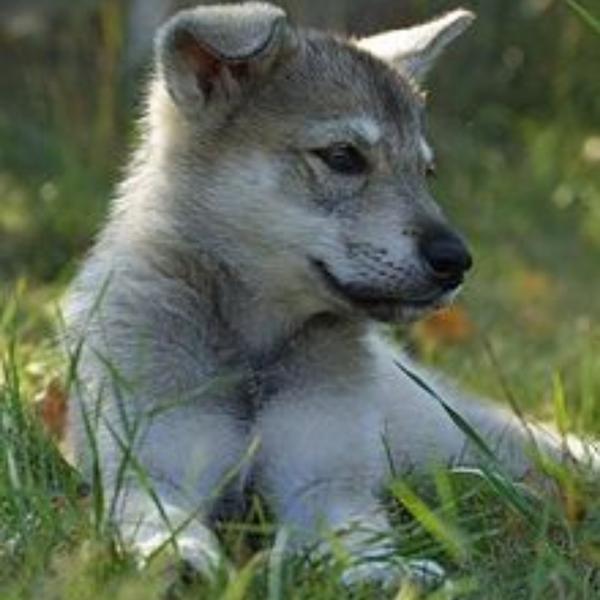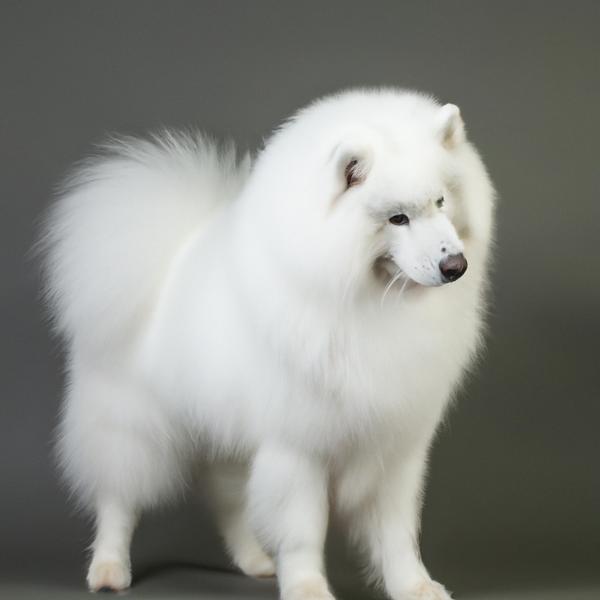Tamaskan vs. Samoyed: Breed Differences and Similarities
Hypoallergenic
Are Tamaskans or Samoyeds hypoallergenic, or neither?
Unfortunately, the Tamaskan is not hypoallergenic, making it not a good choice for a dog lover who suffers from pet allergies.
While no dogs are truly 100% hypoallergenic, Samoyeds are about as close as it gets, making them an ideal pet if you are an allergy sufferer.
Watchdog Ability
Which dog breed makes a better watchdog, the Tamaskan or Samoyed?
Avoid Tamaskans as watchdogs - they're not effective.
Samoyeds make excellent watchdogs - they're vocal and protective of their territory.
Origin
What is the origin of Tamaskan and Samoyed dog breeds?
Finland
Russia
Ancestry
What are the origins of Tamaskan and Samoyed breeds?
Siberian Husky, Alaskan Malamute, German Shepherd
spitz
Date of Birth
When were Tamaskan and Samoyed breeds first developed?
1980s
ancient times
Eye Color Possibilites
What are the eye colors of Tamaskan and Samoyed dogs?
Hazel
Brown
Amber
Brown
Nose Color Possibilites
What are the natural nose colors of Tamaskan and Samoyed?
Black
Black
Coat Color Possibilites
What are the natural colors of the coat for Tamaskan and Samoyed breeds?
White
Gray
Black
Red
White
Cream
Coat Length
What is the typical coat length for Tamaskan and Samoyed breeds?
Tamaskans have medium-length coats.
Samoyeds have longer coats compared to most dogs.
Coat Density
What is the density of the coat of Tamaskan and Samoyed?
Coat Texture
What is the hair texture of Tamaskan and Samoyed?
Straight
Litter Size
What is the usual litter size for Tamaskan and Samoyed?
A Tamaskan can have a litter of 13-15 puppies on average. However, it's worth noting that the size of the litters can vary greatly. Factors that can influence litter size include the health of the mother, breeding history, and genetics.
A Samoyed can have a litter of 12-14 puppies on average. However, it's worth noting that the size of the litters can vary greatly. Factors that can influence litter size include the health of the mother, breeding history, and genetics.
Major Concerns
What are the major health concerns for Tamaskan and Samoyed breeds?
Hip Dysplasia
Cryptorchidism
Hip Dysplasia
Minor Concerns
What minor health issues should be kept in mind when owning Tamaskan and Samoyed?
Degenerative Myelopathy
Progressive Retinal Atrophy
Allergies
Occasional Tests
What occasional tests are recommended for Tamaskan and Samoyed breeds?
X-Rays
Physical Examination
Blood Panel
DNA
Eye
Hip
X-Rays
Eye Examination
Physical Examination
Allergy Tests
Energy
How do the energy levels of Tamaskans and Samoyeds compare?
Tamaskan and Samoyed breeds are high-energy dogs, thus an active lifestyle suits them well.
Exercise Needed
Tamaskan vs Samoyed exercise need comparison.
Tamaskans need high physical activity and are ideal for active individuals, but not suitable for sedentary lifestyles or small apartments.
Samoyeds require significant physical activity and suit those with an active lifestyle.
Tendency to Bark
Do Tamaskans or Samoyeds bark more/less frequently?
Tamaskan and Samoyeds tend to bark moderately, they bark when necessary, such as to alert their owner or to communicate something. They may also bark due to certain triggers like fear, alarm, boredom, greeting, separation anxiety and compulsive barking.
Past times
What are some enjoyable activities and ways to keep Tamaskan and Samoyed entertained?
Herding cattle, Playing fetch, Training, Flyball
Talking, Barking, Ear rubs, Butt scratches, Sniffing, Eating, Being talked to, Walk, Run, Play, Petting, Go on Vacation, Catch treats, Shake, Heel, Walking, Playing catch, Smiling, Chasing, Running, Eating Snacks, Hiking, Tug, Swimming, Fetch, Snuggles, Go to Beach, Go to Park, Groom, Play fetch
Activity Level
Which breed has higher energy, Tamaskans or Samoyeds?
Tamaskans are high-energy dogs. They need mental as well as physical exercise. These dogs require a lot of your involvement and without it they can, and will, become problematic dogs.
Samoyeds are medium-energy dogs and typically enjoy socializing and playing casual or even sustained games of chase with other dogs. They may also have occasional periods of barking or racing around the house.
Walks per Week
How many miles should Tamaskan or Samoyed walk each week?
There's really no limit to how far you walk your dog as long as they're comfortable. For Tamaskan, it's at least 18 miles / week. Just remember to build distance and stamina gradually over time.
There's really no limit to how far you walk your dog as long as they're comfortable. For Samoyed, it's at least 8 miles / week. Just remember to build distance and stamina gradually over time.
Activity per Day
Do Tamaskans or Samoyeds require more exercise?
In general most Tamaskans usually need at least 70 minutes of exercise daily. This can be spread across the day and include all sorts of high-energy activities, like walking, running and playing.
In general most Samoyeds usually need at least 60 minutes of exercise daily. This can be spread across the day and include all sorts of high-energy activities, like walking, running and playing.
Grooming
Which breed is easier to maintain in terms of grooming, Tamaskans or Samoyeds?
The Tamaskan requires an average amount of grooming compared to other breeds.
Samoyeds require significant grooming, including regular trims and professional grooming assistance to maintain their coat. They may also require frequent bathing to keep their coat and skin healthy.
Brushing Frequency
What is the recommended brushing frequency for Tamaskan and Samoyed dogs?
Tamaskan and Samoyed should be brushed at least once a week. Of course, you can give them more frequent brushes if you find that they are still shedding a lot.
Brushing Tools
What brushing tools are used for Tamaskans and Samoyeds?
Slicker Brush
Nail Clipper
Pin Brush
Comb
Nail Clipper
Cups
How much food should be given to Tamaskan or Samoyed in cups?
For an average 65-95 pound (29 - 43 kg) Tamaskan feed 3.5 cups daily. But, keep in mind, the amount you feed is going to be dependent on the quality of the food you are feeding.
For an average 45-65 pound (20 - 29 kg) Samoyed feed 2.8 cups daily. But, keep in mind, the amount you feed is going to be dependent on the quality of the food you are feeding.
Daily Cost
Which breed has a higher daily cost, Tamaskan or Samoyed?
The average cost of a Tamaskan is somewhere $2.10 - $2.80 per day.
The average cost of a Samoyed is somewhere $1.70 - $2.00 per day.
Monthly Cost
Which breed has a higher monthly cost, Tamaskan or Samoyed?
The average per month expenses of a Tamaskan is between $63 - $84. This makes an average of $756 - $1008 per year. It will be on the higher side when the dog is still small because it will need more frequent visits to the vet, shots.
The average per month expenses of a Samoyed is between $48 - $63. This makes an average of $576 - $756 per year. It will be on the higher side when the dog is still small because it will need more frequent visits to the vet, shots.
Intelligence
Comparing Intelligence: Tamaskans vs Samoyeds
Tamaskan is highly intelligent and very trainable.
Samoyed is a very intelligent and trainable breed.
Affection Dependance
Which is the more affectionate dog breed: Tamaskan vs Samoyed?
Dog Friendly
Which breed is more sociable with other dogs: Tamaskan or Samoyed?
Tamaskans are generally very friendly towards other dogs, with a happy and affectionate temperament.
Samoyeds are friendly and active companions, and can be good family pets, though their friendliness towards other dogs may vary.
Playfulness
Which breed is more playful between Tamaskan and Samoyed?
Tamaskans are a playful breed that needs daily playtime to be happy.
Samoyeds have an average level of playfulness, enjoying playtime like most dogs but not excessively so.
Trainability
How do the trainability levels of Tamaskans and Samoyeds compare?
The Tamaskan is highly intelligent and eager to please, making it a great choice for both novice and experienced dog owners due to its easy trainability.
Samoyeds are popular for their ease of training and quick learning ability.
Compare Tamaskan with other breeds

Sharberian Husky
Tamaskan vs Sharberian Husky
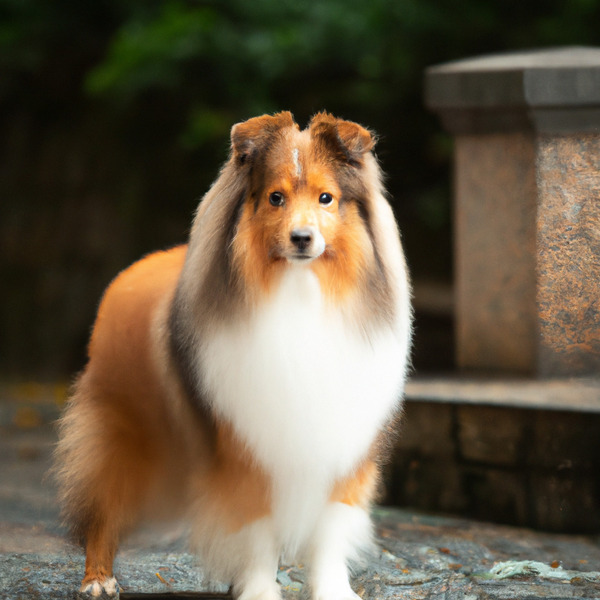
Shetland Sheepdog
Tamaskan vs Shetland Sheepdog
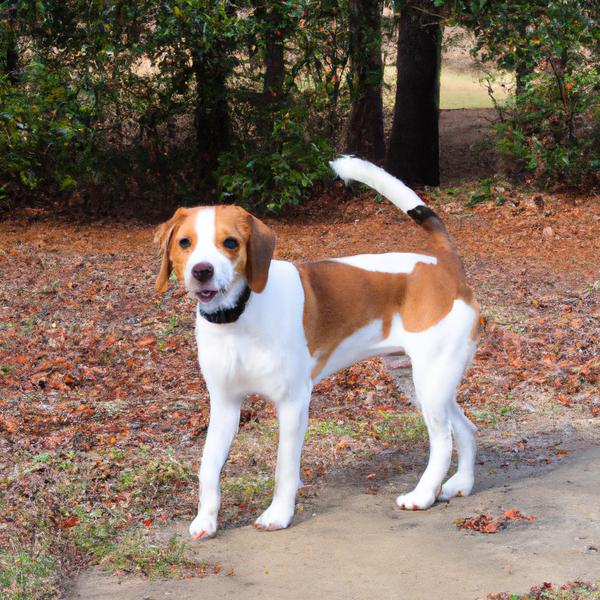
Brittany Beagle
Tamaskan vs Brittany Beagle
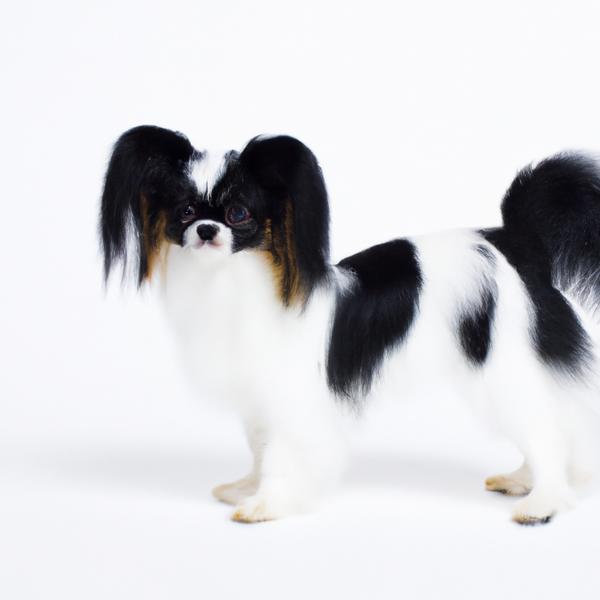
Chimation
Tamaskan vs Chimation

Majestic Tree Hound
Tamaskan vs Majestic Tree Hound
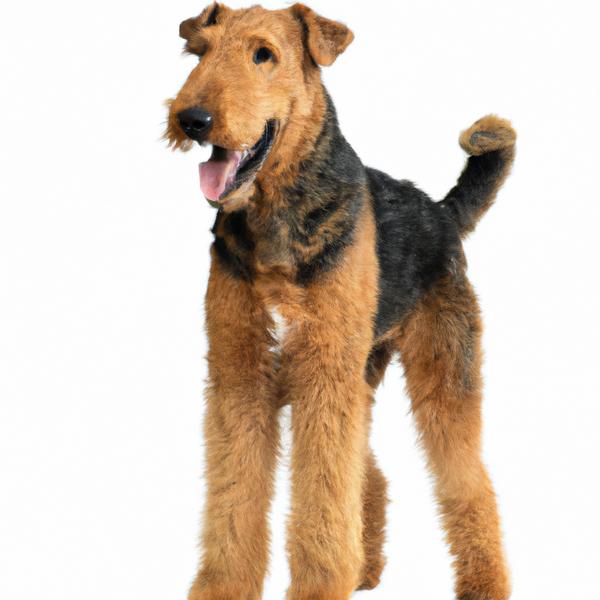
Airedale Shepherd
Tamaskan vs Airedale Shepherd

Patterdale Shepherd
Tamaskan vs Patterdale Shepherd
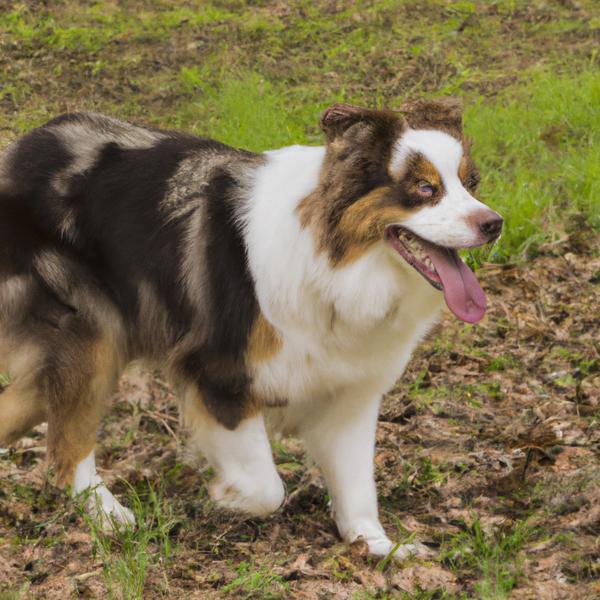
Border-Aussie
Tamaskan vs Border-Aussie
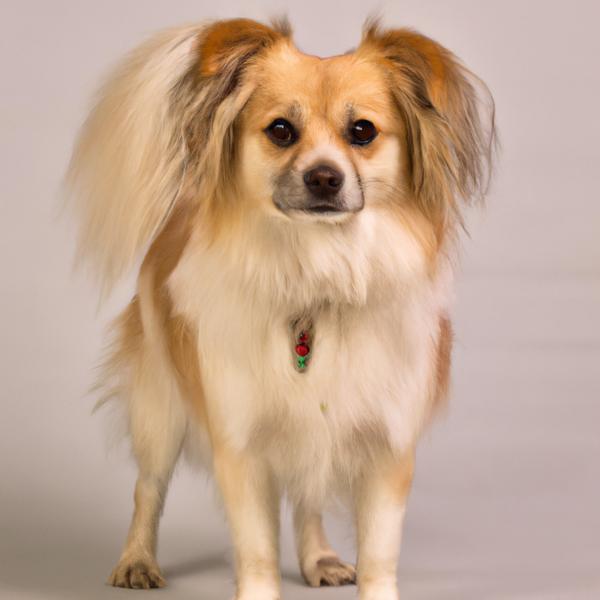
Boxollie
Tamaskan vs Boxollie
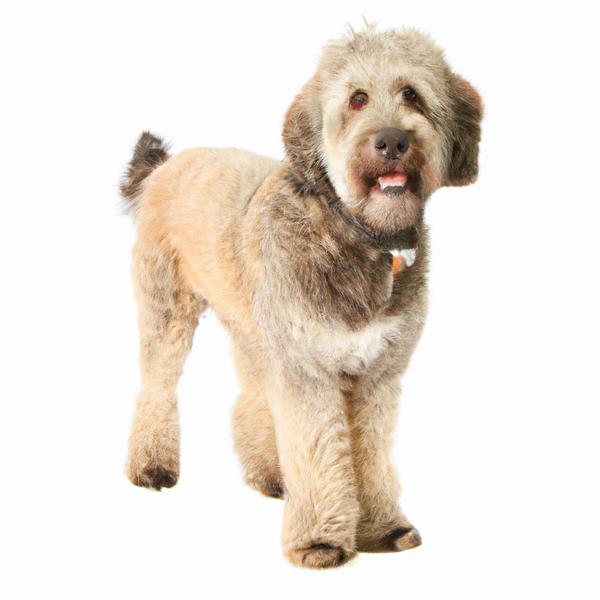
Bridoodle
Tamaskan vs Bridoodle

Shepherd Pit
Tamaskan vs Shepherd Pit
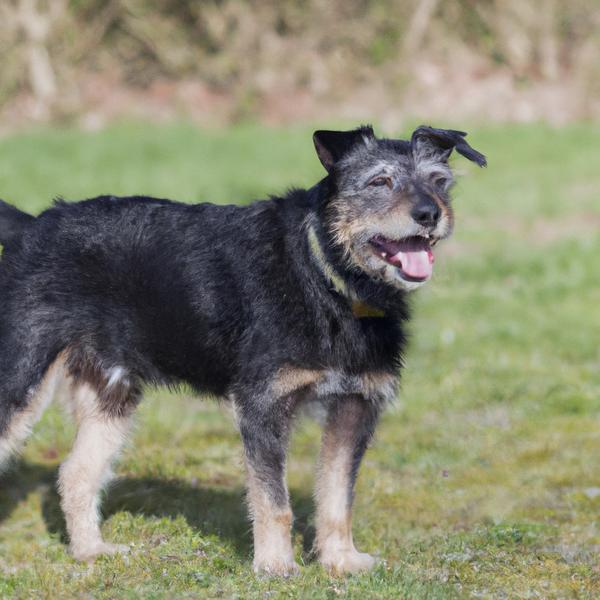
Brusston
Tamaskan vs Brusston
